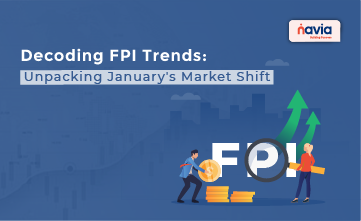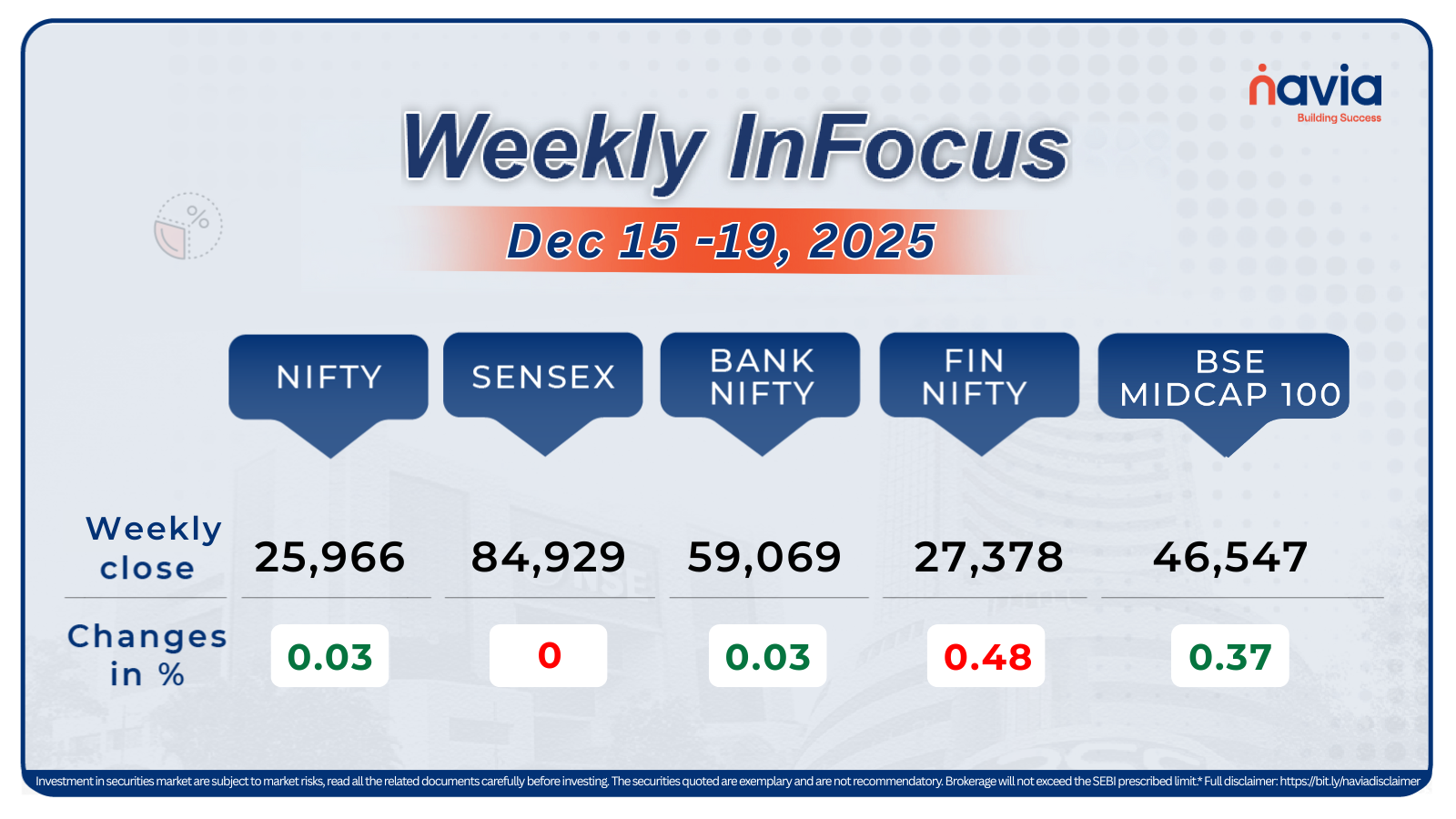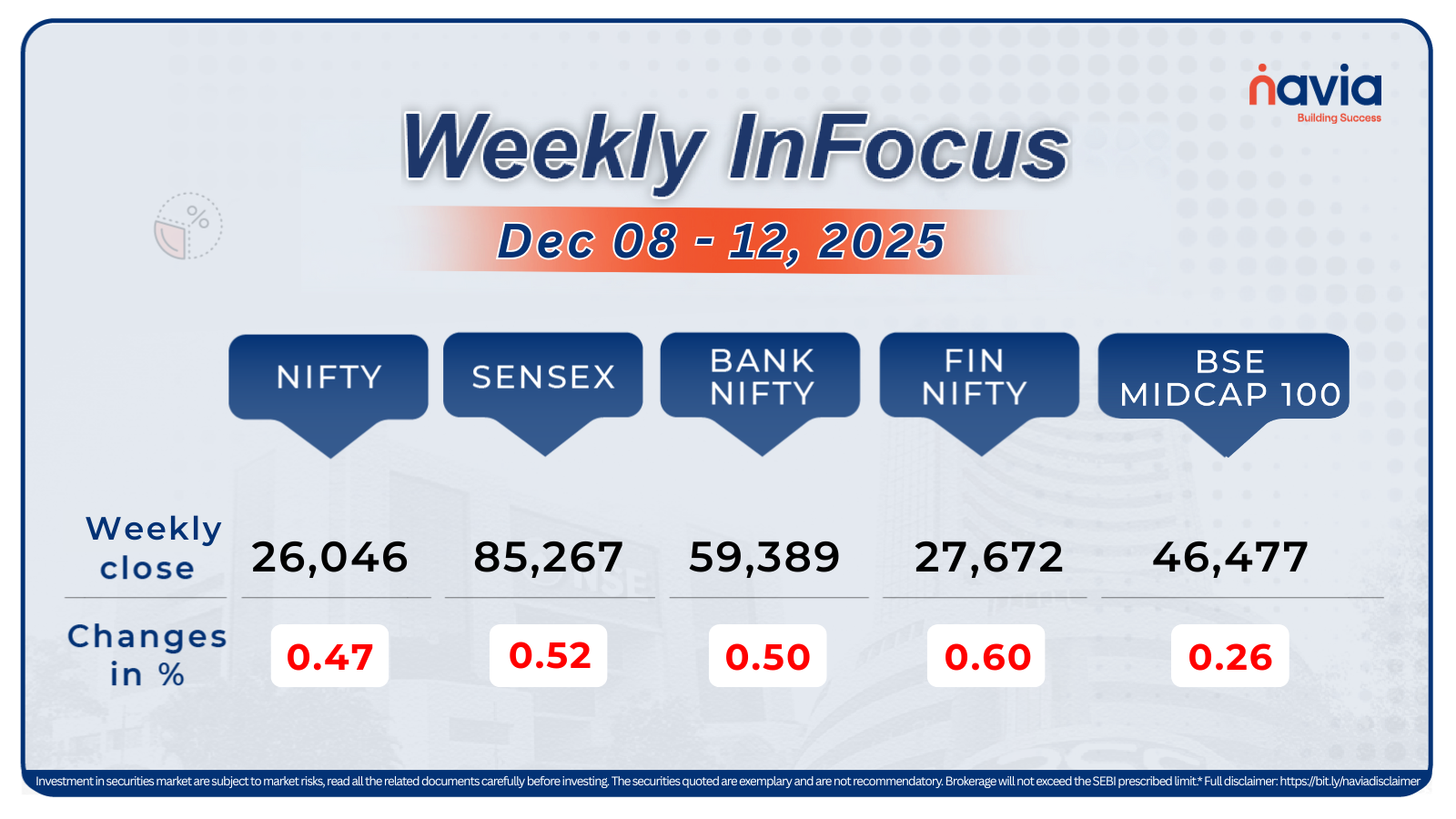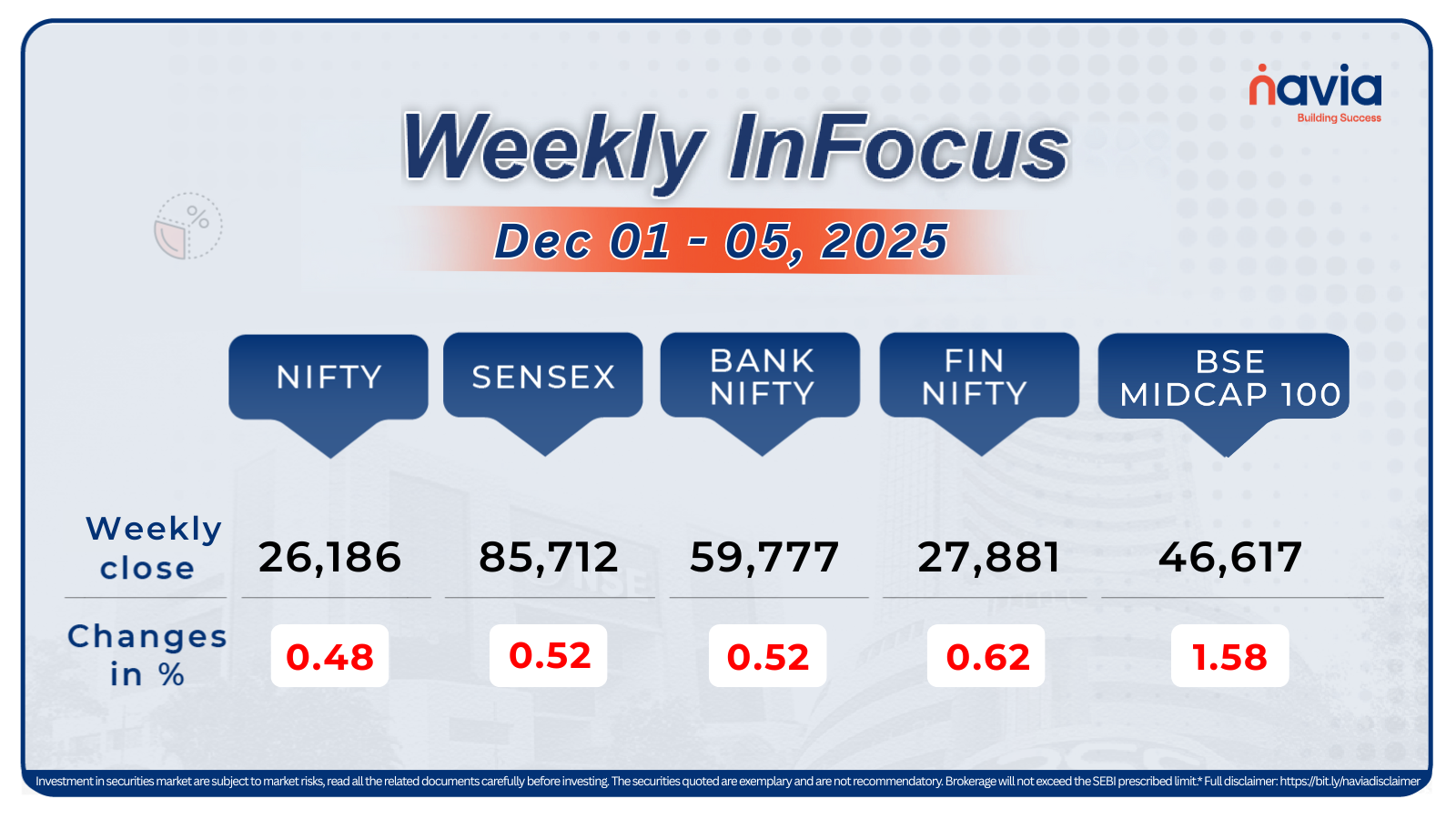Decoding FPI Trends: Unpacking January’s Market Shift

In January 2024, Foreign Portfolio Investors (FPIs) altered their investment strategy, marking a departure from their previous trend of pouring funds into Indian stocks. The abrupt change saw a substantial ₹24,734 crore worth of stocks being sold off, catching investors off guard. However, this shift in FPI behavior is just a single chapter in the ongoing relationship between FPIs and the Indian stock market.
A Recap of 2023: FPIs as Key Players
Before delving into January’s events, let’s look back at 2023, where FPIs emerged as significant contributors, investing ₹1.71 lakh crore in equities and a substantial ₹2.37 lakh crore across various asset classes. Despite a brief four-month dip, the rest of the year witnessed a consistent flow of funds, reflecting the enduring interest FPIs had in the market.
January’s Game Changer: Bond Yields and Decision-Making
The dynamics changed in January as FPIs faced a critical choice. On one side, there were Indian stocks, offering potential rewards but carrying inherent risks. On the other hand, the allure of rising US bond yields presented a safer option. The decision became clear as US bond yields rose from 3.9% to 4.18%, prompting FPIs to shift their focus away from Indian stocks in pursuit of more secure investments.
Fed Pivot Realities: Unfulfilled Expectations
Anticipation was high in December, with expectations that the US Federal Reserve would cut interest rates, leading to a global market rally. However, reality struck in January as the Fed’s decision took an unexpected turn, resulting in climbing bond yields. FPIs redirected their investments toward the safety of US bonds, leaving Indian equities in a relatively less favored position.
Numerical Insight: Understanding the Shift
The numerical shift from 3.8% to 4.18% in bond yields isn’t just a statistical change; it signifies a cautious approach among investors. With a less optimistic outlook for the future, investors prioritized security over potential gains, prompting FPI outflows from emerging markets, including India.
Three pivotal reasons driving the FPI trend in January 2024 :
Firstly, the surge in US bond yields to approximately 4.16% from December 2023’s 3.88% prompted a shift of funds from equity to higher-yielding US bonds.
Secondly, Indian equities became the most expensive globally, with the Nifty trading at a Price-to-Earnings (PE) ratio of around 21 based on estimated earnings for FY24, triggering a sell-off in the Indian equity market.
Thirdly, some FPIs engaged in front-running activities in the Indian bond market, anticipating increased flows following India’s inclusion in the JP Morgan Emerging Market Bond Fund, according to the analyst.
Navigating FPI Dynamics
As we conclude this analysis, the January outflow serves as a reminder of the complex relationship between global cues and investor sentiment. FPIs may exhibit fluctuating behavior, causing turbulence one month and calm the next, but the overarching trend remains positive. It underscores the enduring interest FPIs have in the Indian market.
Will FPI inflows continue in February?
The trajectory of FPI (Foreign Portfolio Investment) inflows in February hinges on various factors, with a notable influence coming from trends in US bond yields and the global as well as Indian equity markets. The recent correction in US bond yields may deter FPIs from large-scale selling in February, potentially even prompting them to become buyers. In contrast, inflows into the debt market are anticipated to persist.
Presently, foreign investors exhibit a risk-averse stance, prompted by the slowdown in emerging markets due to elevated interest rates, core inflation concerns, and above-average valuations. India is currently experiencing a ripple effect from this global sentiment, a trend expected to persist in the first half of the calendar year 2024, according to market experts. However, optimism prevails regarding a potential improvement in sentiment during the latter half of the year. The extent of this positive shift will be contingent on factors such as interest rate contractions, inflation trends, budget developments, and the acceleration of high-frequency economic data.





